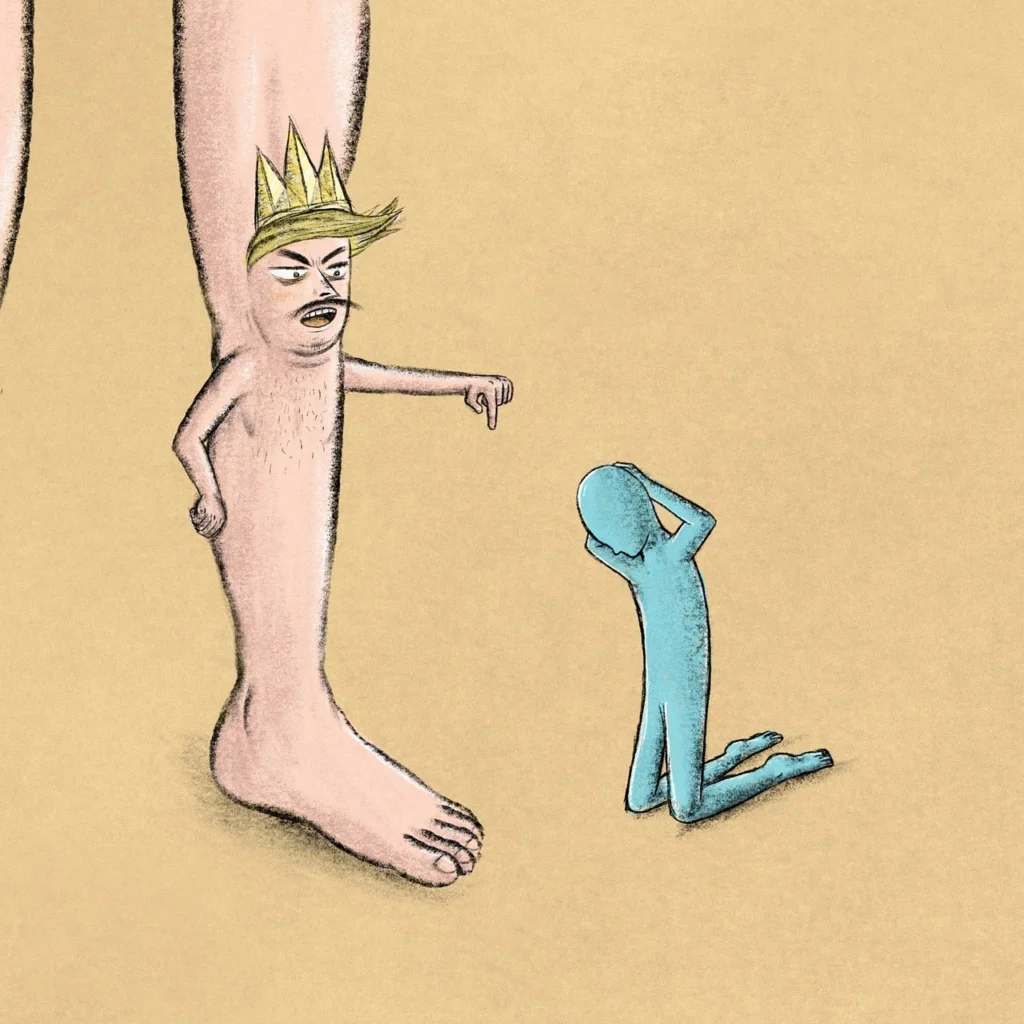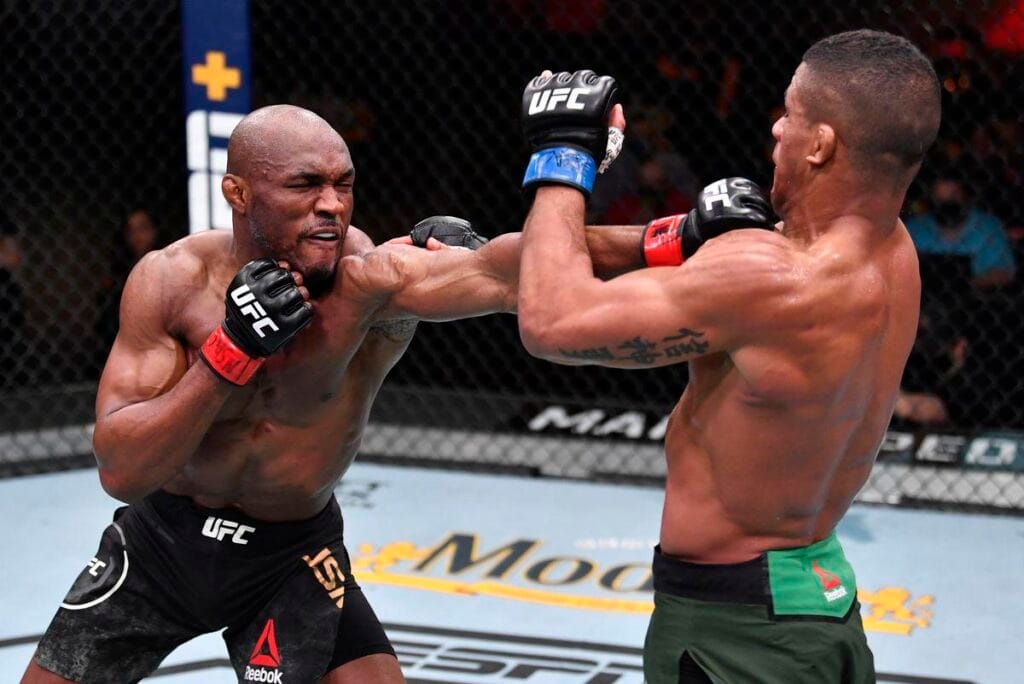The Ultimate Fighting Championship (UFC), established in 1993, has evolved significantly over the years.
Initially conceived as a no-holds-barred competition to determine the most effective martial art, the UFC rapidly gained popularity.
However, the early events were marked by a lack of standardized rules, leading to concerns over fighter safety and the sport’s legitimacy.
To address these issues, the UFC introduced a comprehensive set of rules and regulations, transforming it into a globally recognized and respected organization.
Rules and regulations play a crucial role in the UFC by ensuring fighter safety and maintaining a fair competitive environment.
These rules cover a wide range of aspects, from permissible techniques and illegal moves to weight classes and medical standards.
Adherence to these regulations is essential for the integrity of the sport and the well-being of its athletes.
By clearly defining what is allowed and what is not, the UFC promotes a level playing field and minimizes the risk of serious injuries.
The Nevada State Athletic Commission (NSAC) is one of the primary regulatory bodies overseeing the UFC.
Established in 1941, the NSAC is responsible for setting and enforcing the rules for combat sports in Nevada, where many UFC events are held.
The NSAC works closely with the UFC to ensure that all fighters adhere to the established guidelines, conducting rigorous checks and imposing penalties for violations.
This collaboration between the UFC and regulatory bodies like the NSAC helps maintain the sport’s credibility and ensures that it operates within a framework of fairness and safety.
In conclusion, the UFC’s evolution from its early days to its current status as a premier mixed martial arts organization is a testament to the importance of rules and regulations.
Through the efforts of regulatory bodies like the NSAC, the UFC continues to uphold the highest standards of safety and fairness, ensuring that the sport remains both exciting and ethical for fighters and fans alike.
Striking Fouls: What You Can’t Do with Your Hands and Feet
In the world of mixed martial arts, the UFC maintains a strict set of rules to ensure the safety and fairness of its fighters.
One crucial category of these regulations pertains to striking fouls, which are illegal moves executed with the hands and feet.
These prohibited actions can have severe repercussions, both for the well-being of the fighters and the integrity of the sport.
One of the most dangerous striking fouls is eye gouging.
This involves deliberately poking or pressing the opponent’s eyes with fingers or thumbs.

The risks associated with eye gouging are significant, including potential blindness or long-term vision impairment.
As a result, any fighter caught engaging in this foul faces immediate penalties such as point deductions or disqualification.
Another prominent illegal move is groin attacks.
Striking an opponent in the groin area can cause intense pain and serious injury, potentially incapacitating the fighter.
Due to the sensitivity of the area and the potential for significant harm, groin attacks are strictly prohibited in UFC matches.
Rabbit punches, or strikes to the back of the head, are also banned.

The back of the head is particularly vulnerable because it houses critical areas of the brain.
A forceful blow to this region can result in concussions, brain injuries, or even more severe health complications.
Consequently, rabbit punches are considered highly dangerous and are met with stringent penalties when executed.
Lastly, 12-to-6 elbows, which refer to downward elbow strikes, are another illegal move.
This specific motion, descending directly from a high position to a low one, can generate substantial force, leading to severe injuries such as fractures or concussions.
Therefore, UFC regulations strictly forbid this technique to protect the fighters from undue harm.
Understanding and adhering to these rules is essential for maintaining the safety and professionalism that the UFC strives for.
Fighters who violate these striking fouls not only risk their careers but also compromise the physical well-being of their opponents.
This underscores the importance of abiding by established guidelines to ensure a fair and secure competitive environment.
Grappling Infractions: Ground Game No-Nos
In the realm of mixed martial arts, grappling is a crucial component of any bout.
However, certain moves within the ground game are strictly forbidden due to their potential to cause severe and often irreparable harm.
One of the primary illegal moves is small joint manipulation.
This involves bending or twisting an opponent’s fingers or toes, which can easily lead to fractures, dislocations, and long-term joint damage.
The risk of such injuries makes small joint manipulation a clear no-go in UFC competitions.
Another prohibited technique is the spinal lock.
This move targets the vertebrae, applying pressure that can result in spinal cord injuries, paralysis, or other permanent damage.
Given the catastrophic outcomes spinal locks can produce, they are banned to protect fighters’ long-term health and safety.
Additionally, intentionally throwing an opponent out of the ring or cage is strictly forbidden.
Such actions not only disrupt the integrity of the fight but also pose significant risks to both fighters.
The abrupt change in environment can lead to severe injuries, including concussions, fractures, and other trauma from landing on hard surfaces or awkward positions.
Consequently, this tactic is not tolerated in professional mixed martial arts.
These grappling infractions are prohibited to ensure the well-being of the athletes and the fairness of the sport.
By enforcing these rules, the UFC aims to maintain a safe and controlled fighting environment where competitors can showcase their skills without resorting to dangerous practices.
Understanding and adhering to these regulations is essential for all fighters, as it not only preserves their own health but also upholds the integrity of mixed martial arts as a disciplined and respected sport.
Clinch and Cage Tactics: What’s Off-Limits
In the dynamic world of UFC, clinch and cage tactics play a pivotal role in the outcome of a fight.
However, there are certain actions within these scenarios that are strictly prohibited to ensure fairness and safety.

One of the most notable infractions is fence grabbing.
Fighters may instinctively grab the fence to prevent a takedown or to stabilize their position, but this action is illegal as it can significantly alter the flow of the fight.
By grabbing the cage, a fighter can unfairly impede their opponent’s movement, thus gaining an undue advantage.
Another illegal maneuver is head butting.
This aggressive act not only poses a severe risk of injury but also disrupts the integrity of the sport.
The UFC rules explicitly forbid the use of the head as a striking tool.
In the heat of a clinch, where fighters are in close quarters, the temptation to use the head to gain the upper hand can be strong, but it is strictly off-limits due to the potential for serious harm and its impact on fair competition.
Utilizing the cage to leverage illegal strikes or submissions is another tactic that falls under prohibited actions.
For instance, using the cage to support one’s body weight while executing a choke or to amplify the force of a strike is not allowed.
This misuse of the cage can create an unfair scenario where one fighter gains an unnatural advantage, skewing the competitive balance.
Such actions can also lead to significant injuries, making their prohibition a critical aspect of maintaining the sport’s safety standards.
These illegal moves during clinch and cage fighting can drastically influence the trajectory of a match.
They not only provide an unfair edge to the offending fighter but also compromise the overall integrity and safety of the fight.
The enforcement of these rules is essential in ensuring that the UFC remains a fair and competitive arena where skill and strategy, rather than prohibited tactics, determine the victor.
Illegal Kicks and Knees: Rules on Downed Opponents
In mixed martial arts (MMA), particularly within the Ultimate Fighting Championship (UFC).
The rules surrounding kicks and knees to a downed opponent are stringent and integral to fighter safety.
A ‘grounded opponent’ is defined as any fighter who has anything other than the soles of their feet touching the mat.
This includes hands, knees, or any other part of the body.

The prohibition of strikes, specifically kicks and knees, to the head of a grounded.
Opponent is designed to prevent severe injuries, given the vulnerable position of the fighter.
The rationale behind this rule is anchored in the increased risk of concussion and other severe head injuries when a fighter is unable to adequately defend themselves.
Unlike standing strikes, where a fighter can maneuver and brace for impact.
A grounded opponent is often in a compromised position, making strikes to the head potentially catastrophic.
Over the years, there have been several notable instances where fighters have faced penalties for these illegal moves.
A high-profile case occurred during UFC 229 when Khabib Nurmagomedov faced Conor McGregor.
During the bout, Conor McGregor delivered an illegal knee to Nurmagomedov’s head while Khabib was grounded.
Despite the infraction, McGregor was not disqualified but was given a stern warning, and the fight continued.
Another significant incident involved Aljamain Sterling and Petr Yan at UFC 259, where Yan delivered an illegal knee to a grounded Sterling.
Resulting in Yan’s disqualification and Sterling being awarded the UFC Bantamweight Championship.
These incidents underline the importance of understanding and adhering to the rules regarding grounded opponents.
Fighters are trained extensively on these regulations.
Yet the heat of the moment can lead to costly mistakes.
The UFC continues to emphasize the significance of these rules to safeguard the well-being of its athletes and maintain the integrity of the sport.
Miscellaneous Fouls: Uncommon but Prohibited Actions
In the realm of mixed martial arts, the regulatory bodies have meticulously outlined a comprehensive list of prohibited actions to ensure the safety and fairness of the sport.
Among these regulations are a series of miscellaneous fouls that, while less common, are strictly forbidden.
These infractions include actions such as fish hooking, hair pulling, and spitting.
Each of which carries specific rationales for their prohibition and corresponding penalties for transgressors.
Fish hooking, an act where a fighter inserts their fingers into an opponent’s mouth, nose, or other orifices and pulls.
So, It is outlawed due to the severe potential for injury and the unsportsmanlike nature of the move.
This action can cause significant damage to soft tissues and is inherently dangerous, compromising the integrity of the sport.
Similarly, hair pulling has banned as it can lead to unnecessary pain and injury.
Also, providing an unfair advantage to the perpetrator and diverting the competition away from skill-based combat.
Spitting, while seemingly less harmful than other fouls,
It has prohibited due to its disrespectful and unsanitary nature.
In a high-contact sport like MMA, maintaining a level of respect and hygiene is paramount.
Spitting undermines these principles and can serve to degrade the professionalism of the event.
Penalties for committing these miscellaneous fouls can vary based on the severity and context of the infraction.
Referees have the discretion to issue warnings, deduct points from the offender’s score.
or even disqualify a fighter if the foul is deems particularly egregious.
These measures are in place to deter such behaviors and maintain a high standard of conduct within the octagon.
By enforcing rules against these uncommon but prohibited actions, the UFC aims to preserve the safety, fairness.
and respect that are fundamental to the sport of mixed martial arts.
Adherence to these regulations is crucial for the ongoing evolution and reputation of MMA as a disciplined and honorable competition.
Consequences of Illegal Moves: Penalties and Disqualifications
In the realm of the Ultimate Fighting Championship (UFC), adherence to the rules is paramount.
Fighters who commit illegal moves face a spectrum of consequences.
Which can range from warnings and point deductions to disqualifications and suspensions.
The severity of the penalty often hinges on the nature of the infraction and its impact on the bout.
Upon committing an illegal move, a fighter is typically issues a formal warning by the referee.

This initial caution serves as a reminder to adhere to the rules.
Should the offending fighter repeat the violation, the referee may deduct points from their scorecard.
Point deductions can profoundly influence the outcome of a match.
As even a single point can be pivotal in a tightly contest bout.
In more egregious cases, such as intentional fouls or moves causing significant injury.
The referee has the authority to disqualify the offending fighter.
Disqualification not only results in an immediate loss but can also stain a fighter’s professional record.
Moreover, fighters who repeatedly engage in illegal conduct may face suspensions.
Barring them from participation in future events for a specified period.
Several high-profile UFC fights have been notably impacte by illegal moves.
One such instance occurred during the bout between Jon Jones Matt Hamill in 2009.
Jones, who was dominating the fight, was disqualified for using illegal downward elbow strikes, resulting in a victory for Hamill.
Another notable example is the 2017 fight between Eddie Alvarez and Dustin Poirier.
where Alvarez’s illegal knees to a downed Poirier led to a no-contest ruling.
These examples underscore the significant ramifications that illegal moves can have on both the fighters involve and the outcomes of their matches.
The UFC’s strict enforcement of penalties for illegal moves ensures the safety of fighters and the integrity of the sport.
By understanding and respecting these rules.
fighters can avoid the severe consequences that come with rule violations and maintain the competitive spirit of mixed martial arts.
Conclusion: The Importance of Fair Play and Sportsmanship
The significance of adhering to UFC rules cannot overstate.
These regulations meticulously craft to ensure the safety of fighters and uphold the integrity of the sport.
Illegal moves not only jeopardize the health and well-being of competitors but also undermine the spirit of fair competition that is fundamental to mixed martial arts.
Fair play and sportsmanship are cornerstones of the UFC.
They foster a respectful and competitive environment where athletes can showcase their skills without fear of undue harm.
The enforcement of rules against illegal moves helps maintain a level playing field, where victories are possible through skill, and strategy.
Also, determination rather than through unfair advantages gained by breaking the rules.

Fighter safety is paramount. Illegal moves, such as eye gouging, groin strikes, and headbutts, pose significant risks of injury and long-term damage.
By strictly prohibiting these actions, the UFC aims to protect its athletes.
Allows them to compete at their best while minimizing the potential for serious harm.
This focus on safety is crucial for the sustainability and credibility of the sport, ensuring that fighters can have long and prosperous careers.
Respect for the rules is essential for preserving the integrity of mixed martial arts.
When fighters, coaches, and officials all adhere to these guidelines.
It promotes a culture of respect and professionalism.
This, in turn, attracts fans and sponsors, contributing to the growth and success of the UFC.

Moreover, it sets a positive example for aspiring fighters who look up to seasoned professionals as role models.
Ultimately, the adherence to UFC rules and the emphasis on fair play and sportsmanship are what make the sport both thrilling and honorable.
By respecting these principles.
Fighters not only ensure their own safety.
But also contribute to the ongoing evolution and positive perception of mixed martial arts worldwide.



